Description
By Nigel Wiseman & Zhang Yuhuan
Trade Paperback Books
ISBN’s Volume 1 9780912111681
Volume 2 9780912111698
Volume 3 9780912111766
Volume 4 9780912111773
Volume 5 9780912111780
Volume 1: This work forms an integral part of the Chinese Medicine Language Series for students and practitioners who are engaged in the study of Chinese medical language. It presents the first 100 characters based upon frequency of use in medical texts, as well as an overall program designed to help the student acquire the necessary tools for building a thorough vocabulary. This first volume presents the basics of Chinese characters along with the etymologies of the 100 most commonly seen characters. Designed as a workbook, it offers students practice in learning to read, recognize, and write the characters and provides the basic tools that students need to become familiar with the written language of Chinese medicine and thereby enrich their studies.
Volume 2: While Westerners refer to acupuncture points by numbers, the Chinese refer to them by names that reflect their location, function, affiliations, or relationships, which tell students something about the clinical utilization of a point, or help them remember an important feature of its use.
This work provides an ideal resource for those engaged in the study of Chinese medical language. It facilitates learning the root vocabulary of acupoints and what the points do within the conceptual system of Chinese medicine.
The introduction contains a highly useful overview of the types of names chosen to denote and categorize the point in Chinese, such as locational association, metaphoric association, and functional association. In addition it provides useful advice for effective and ongoing acquisition of Chinese medical terminology.
Each of 100 characters that are common to acupoint vocabulary is introduced in simplified and complex forms. Significs and stroke counts, commonly used equivalents, character composition, explanation of meaning, and examples of character combinations are included. The stroke sequence showing how to write the character is presented, and space for students to practice writing the characters is provided.
The appendix contains a systematic list of channel point names which are exclusively comprised of characters introduced in this book and in Volume One. You can use this for review purposes. When you have mastered these two books, you will be amazed at how many point names you can read!
Volume 3: Chinese medical knowledge has been evolving for millennia. Its pearls of wisdom are strung throughout thousands of texts. As the English-language literature of Chinese traditional medicine is comparatively limited, many students elect to study Chinese language to deepen their knowledge of the subject. In addition to gaining access to endless written resources, students and practitioners who develop Chinese language skills tend to enjoy diverse options for advanced study, employment, and personal development in the field of Chinese medicine.
Paradigm Publications has developed its Chinese Medical Characters series in recognition of the crucial need to facilitate access to Chinese medical texts. This fourth text in the series, subtitled Diagnostic Vocabulary, provides an in-depth look at the most commonly used characters in the field of diagnosis and pattern identification. Readers will gain familiarity with the script, strokes, meaning, usage and pronunciation of the most common characters that comprise diagnostic terms. Often these terms provide additional insights that help identify an illness pattern. The relative frequency of these characters in medical Chinese makes this text a must for any student or practitioner to expand their knowledge of Chinese language and medicinal therapy.
Volume 4: Chinese medical knowledge has been evolving for millennia. Its pearls of wisdom are strung throughout thousands of texts. As the English-language literature of Chinese traditional medicine is comparatively limited, many students elect to study Chinese language to deepen their knowledge of the subject. In addition to gaining access to endless written resources, students and practitioners who develop Chinese language skills tend to enjoy diverse options for advanced study, employment, and personal development in the field of Chinese medicine.
Paradigm Publications has developed its Chinese Medical Characters series in recognition of the crucial need to facilitate access to Chinese medical texts. This fourth text in the series, subtitled Diagnostic Vocabulary, provides an in-depth look at the most commonly used characters in the field of diagnosis and pattern identification. Readers will gain familiarity with the script, strokes, meaning, usage and pronunciation of the most common characters that comprise diagnostic terms. Often these terms provide additional insights that help identify an illness pattern. The relative frequency of these characters in medical Chinese makes this text a must for any student or practitioner to expand their knowledge of Chinese language and medicinal therapy.
Volume 5: Chinese medical knowledge has been evolving for millennia, and its pearls of wisdom are distributed throughout thousands of texts. Since the English literature of Chinese medicine is comparatively limited, many students elect to study Chinese language to deepen their knowledge of the subject. In addition to gaining access to endless written resources, students and practitioners who develop Chinese language skills tend to enjoy diverse options for advanced study, employment, and personal development in the field of Chinese medicine.
In recognition of the crucial need to facilitate access to Chinese medical texts, Paradigm has developed a series of language resources for the study of traditional medical Chinese. This fifth and final text in the series, Treatment Vocabulary, provides an in-depth look at the most commonly used characters in the field of clinical therapy. In this book, readers will gain familiarity with the script, strokes, meaning, usage, and pronunciation of the most common characters that comprise a typical treatment vocabulary. Often, these names provide additional insights into the methods and actions themselves. Students and practitioners will find the therapeutic focus of this text a valuable resource for expanding their familiarity with the clinical language of Chinese medicine.
About the Authors:
Nigel Wiseman, a native of the UK, studied Spanish and German at the Heriott-Watt University in Edinburgh, subsequently working as a French-English translator in Belgium while learning Chinese. He holds a doctorate in Complementary Health Sciences from Exeter University, and is the author and translator of a prodigious body of work on Chinese medicine, including such outstanding classics as Practical Dictionary of Chinese Medicine, Fundamentals of Chinese Acupuncture, Fundamentals of Chinese Medicine, Shang Han Lun Yi Shi, Chinese Medical Chinese: Grammar and Vocabulary, and Introduction to the English Terminology of Chinese Medicine. A long-time resident of Taiwan, Dr. Wiseman is currently a lecturer of Chinese medical studies at Chang Gung Medical University in Taipei.
Zhang Yuhuan is the co-author of Who Can Ride The Dragon and Brief History of Qi. She is a native of Chengdu China and studied at Chengdu College of Traditional Chinese Medicine before coming to the United States. She is a translator certified for the U.S. Court system and is currently working on a text of International Standard Scalp Acupuncture due out in early 2015
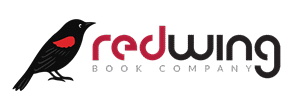
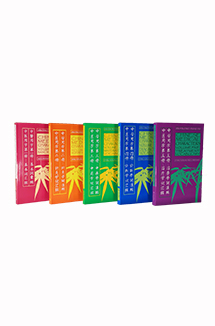

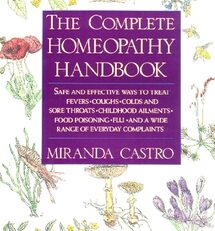
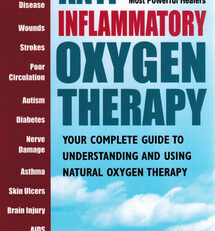
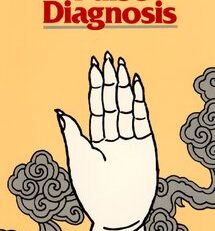

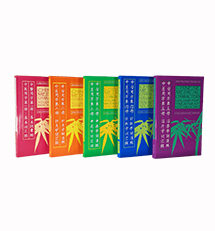
Reviews
There are no reviews yet.